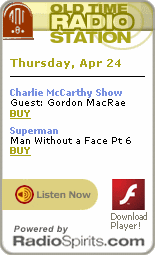The Journal of Artist and Writer Andy Fish. Expect a wide range of topics, but it'll be updated everyday so check on back. Tomorrow's might be better.
Friends
PLACES TO SHOP
CULTURE & FUN
NEWS & REVIEWS
ART SUPPLIES
ViNTAGE TOYS
ORIGINAL ART
MY ART CLASSES
MY WORK
RESOURCES
Andrew Loomis Art Books PDFs and PD Visual Resources
BOOKSELLERS
MEN’S CLOTHES
MORE LINKS
CHECK OUT
COMiC BOOKS VINTAGE
NEW RELEASES
MOViES
2025 APPEARANCES
OAX 2025 - ORLANDO FLORIDA - JAN 24-26TH
SC COMIC CON - GREENVILLE, SC. - APR 5-6TH
EMPIRE COMIC FEST - ROCHESTER, NY - JUL 11-12TH
SAN DIEGO COMIC CON - SAN DIEGO, CA. - JUL 24-27TH
FAN EXPO CHICAGO - CHICAGO, IL - AUG 15-17TH
ROSE CITY COMIC CON - PORTLAND, OR. - SEP 5-7TH
NASHUA COMIC CON -NASHUA, NH. - OCT 4TH
Contact Jack Mucciano to arrange Andy & Veronica Fish personal appearances at your event.
jackmucciano@gmail.com (774) 275-3023
MOLON LABE
Andy Fish is a freelance Comic Artist interested in Freelance Jobs.





